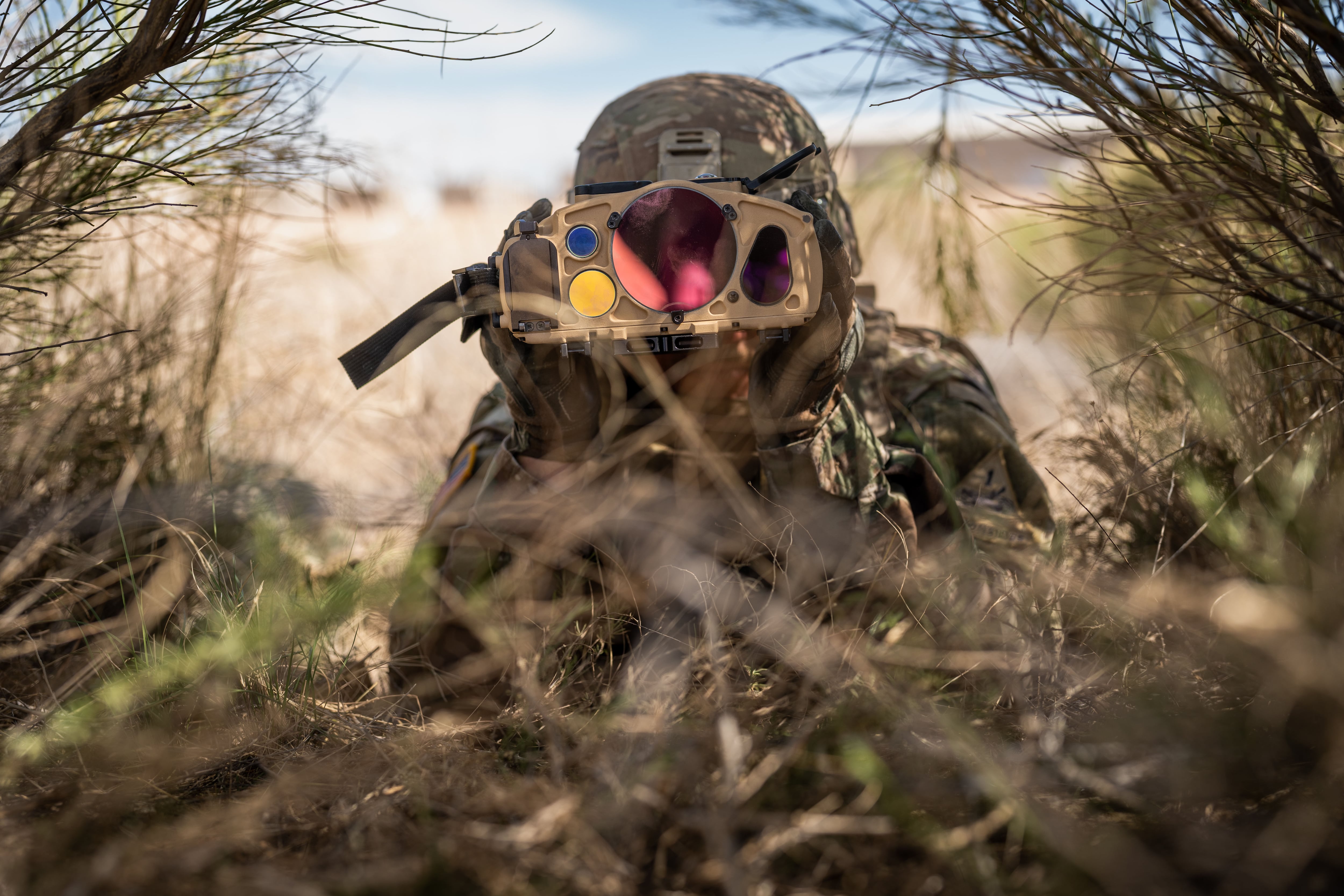WASHINGTON — The U.S. Army is seeking industry feedback as it kicks off an overhaul of software designed to coordinate the use of mortars, missiles and more on the battlefield.
The service posted a request for information for the modernization of the Advanced Field Artillery Tactical Data System, also known as AFATDS, and the development of the Joint Targeting Command and Coordination Suite, or JTC2S, on Nov. 1.
A consortium-like approach is expected, meaning several companies will likely contribute to the final products.
“We see the future of fires built around teams doing the work instead of one industry partner, which is a change in strategy from the past,” Lt. Col. Timothy Godwin, a product manager at the Program Executive Office for Command, Control and Communications-Tactical, or PEO C3T, said in a statement. “Multiple industry partners can be part of the solutions to building an agile, iterative software for the modernization of our fires products.”
RELATED

Development of AFATDS began in 1989; it was first deployed in 1995. The automated program fuses situational awareness and targeting data and has become a cornerstone of Long Range Precision Fires Cross-Functional Team ventures, including the Extended Range Cannon Artillery and the Precision Strike Missile.
The JTC2S software, on the other hand, will assist troops in understanding their targets and support collaboration with international forces. It is expected to supplant the older Joint Automated Deep Operations Coordination System, or JADOCS.
PEO C3T will discuss the AFATDS and JTC2S efforts at its next Technical Exchange Meeting in Savannah, Georgia.
The TEMs, as they’re known, assemble military leaders, acquisition officials and hundreds of private-sector representatives to discuss the future of Army networking. TEM 11 is set for Dec. 12-13.
“Today, we have a really robust capability to do fires, but it was not built for how we have to share data in the future,” Col. Matt Paul, a project manager at PEO C3T, said in a statement. “We want to work with industry to modernize our fires capability so that we can robustly share data, enable sensor-to-shooter architectures, and be able to iterate the program over time.”
Colin Demarest was a reporter at C4ISRNET, where he covered military networks, cyber and IT. Colin had previously covered the Department of Energy and its National Nuclear Security Administration — namely Cold War cleanup and nuclear weapons development — for a daily newspaper in South Carolina. Colin is also an award-winning photographer.








